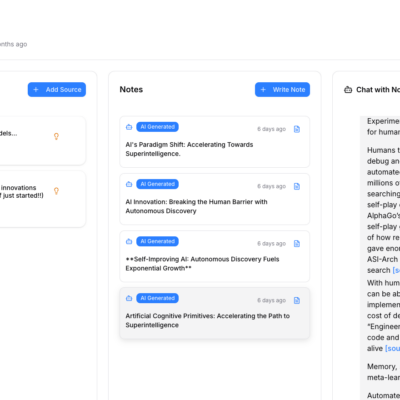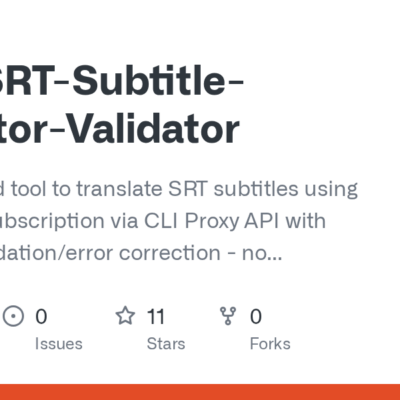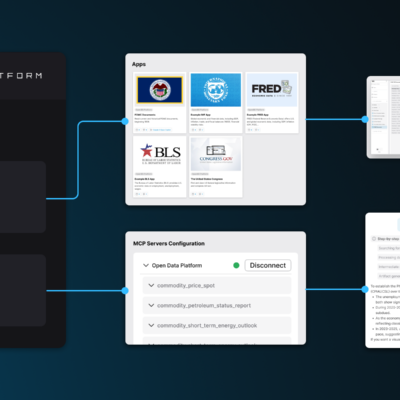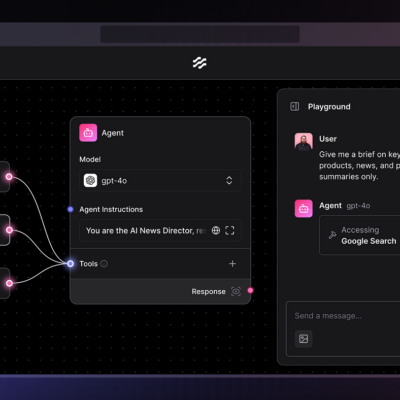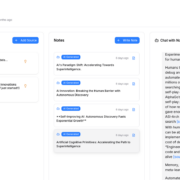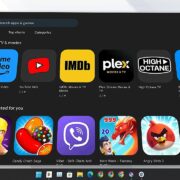Have you ever had a brilliant app idea but felt defeated by the thought of learning to code? What if I told you that Google just made it possible to build AI-powered applications using nothing but plain English descriptions?
Meet Sarah, a high school history teacher who wanted to create an interactive quiz generator for her students. She had no programming background, but she had an idea: an app that could take any historical text and automatically generate engaging questions. Three months ago, this would have required hiring a developer or spending months learning to code. Today, thanks to Google’s Opal, Sarah described her vision in everyday language and had a working app in under 30 minutes.
Google Opal represents a seismic shift in how we think about app development. Launched as part of Google’s mission to democratize AI, this innovative platform allows anyone to build, edit, and share mini-AI applications using natural language descriptions—no coding required. It’s part of the emerging “vibe coding” movement, where the barrier between human ideas and digital execution dissolves.
But Opal isn’t just about making app development easier; it’s about unlocking creativity that was previously trapped by technical limitations. Whether you’re an educator, entrepreneur, artist, or simply someone with a great idea, Opal transforms the question from “Can I build this?” to “What should I build next?”
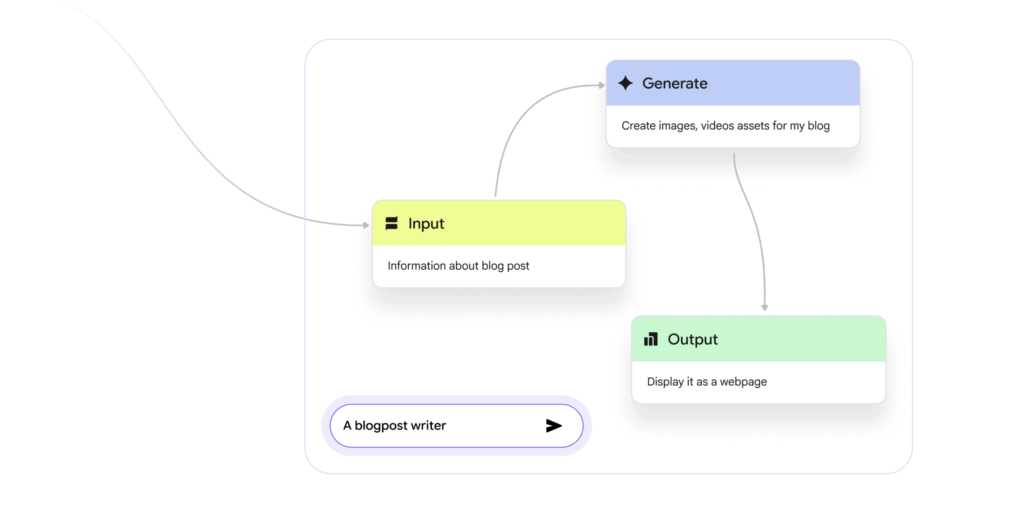
What Makes Google Opal Revolutionary?
Google Opal operates on a beautifully simple principle: describe what you want, and AI will build it for you. The platform leverages Google’s most advanced AI models, including Gemini 2.5 Flash and Pro, to understand natural language descriptions and translate them into functional applications.
Here’s how the magic happens:
The Three-Step Process:
- Describe: You explain your app idea in plain English
- Visualize: Opal converts your description into a visual workflow with input, processing, and output components
- Refine: You can fine-tune the app through an intuitive drag-and-drop interface or by continuing the conversation with AI
What sets Opal apart from traditional no-code platforms is its conversational approach. Instead of navigating complex menus and settings, you literally tell the AI what you want to change: “Make the font bigger,” “Add a save button,” or “Include an email notification feature.”
The platform supports various AI capabilities including text generation, image creation (via Imagen), web searches, data analysis, and even basic video generation through Veo. Each app can be instantly shared via a simple link, making distribution as easy as sharing a Google Doc.

Real-World Examples: From Ideas to Impact
1. The Educator’s Dream: Personalized Learning Assistant
The Story: Maria, a 4th-grade teacher, wanted to help her struggling readers by creating personalized vocabulary exercises.
Her Opal Description: “Build an app where I can paste any story or article, and it creates a vocabulary worksheet with definitions, example sentences, and a matching game for kids who are reading below grade level.”
The Process:
- Input component: Text area for pasting articles
- AI processing: Analyze text complexity, extract challenging words, generate age-appropriate definitions
- Output: Interactive worksheet with games and exercises
- Bonus feature: Progress tracking for each student
The Outcome: Maria now creates customized learning materials in minutes instead of hours. Her students show 40% better vocabulary retention, and she’s shared the app with her entire district.
2. Small Business Breakthrough: Customer Support Bot
The Story: Tom runs a local bike repair shop and was drowning in repetitive customer questions about services and pricing.
His Opal Description: “Create a chatbot that knows my service menu, prices, and can schedule appointments. It should be friendly but professional, and collect customer contact info before booking.”
The Build Steps:
- Knowledge base: Tom uploaded his service catalog
- Conversational AI: Natural dialogue handling
- Calendar integration: Real-time appointment booking
- Data collection: Customer information forms
- Follow-up automation: Confirmation emails
The Impact: Tom’s customer response time dropped from hours to seconds. He now handles 60% more inquiries without hiring additional staff, and customer satisfaction scores increased by 35%.
3. Creative Breakthrough: AI Art Prompt Generator
The Story: Alex, a digital artist, wanted to overcome creative blocks by generating unique, detailed prompts for AI art tools.
The Vision: “Build an app that combines random art styles, subjects, and moods to create detailed prompts for Midjourney and DALL-E. Include options for different art periods, color palettes, and emotional tones.”
The Components:
- Style selector: Renaissance, Abstract, Cyberpunk, etc.
- Subject randomizer: Objects, people, landscapes, concepts
- Mood mixer: Emotional descriptors and atmosphere
- Technical parameters: Lighting, composition, camera angles
- Export function: Copy-ready prompts for different AI platforms
The Result: Alex’s creative output tripled. The app now has 500+ active users in the digital art community, and Alex is considering monetizing premium prompt collections.
4. Productivity Game-Changer: Meeting Action Item Tracker
The Story: Jennifer, a project manager, was tired of action items falling through the cracks after team meetings.
Her Request: “Create an app where I can paste meeting notes, and it automatically identifies action items, assigns them to team members, creates due dates, and sends follow-up reminders.”
The Workflow:
- Text input: Meeting notes or transcripts
- AI analysis: Extract action items, identify responsible parties
- Task creation: Automatic to-do list generation
- Notification system: Email reminders and deadline alerts
- Progress tracking: Team dashboard with completion status
The Results: Jennifer’s team completion rate for action items improved from 70% to 95%. The app is now used by six departments in her company.
5. Community Helper: Local Event Matcher
The Story: Carlos wanted to help his neighbors discover local events that matched their interests.
The Concept: “Build an app where people input their interests and location, and it finds local events from various sources, filters them by preference, and creates a personalized weekly digest.”
The Features Built:
- Interest profiling: Hobbies, age group, activity level
- Event aggregation: Multiple source scraping
- Smart filtering: Relevance scoring algorithm
- Personalization: Learning from user feedback
- Social features: Friend recommendations and shared calendars
The Community Impact: The app now serves 2,000+ community members and has increased local event attendance by 25%.
The Benefits and What to Keep in Mind
Why Opal is Game-Changing:
- Zero technical barriers: No coding knowledge required
- Rapid prototyping: Ideas to working apps in minutes
- Google ecosystem integration: Seamless connection with Gmail, Drive, Calendar
- Instant sharing: One-click publishing and distribution
- Iterative improvement: Easy modifications through conversation
- Cost-effective: Free during beta phase
Current Limitations to Consider:
- Complexity ceiling: Best suited for focused, single-purpose apps
- US availability only: Currently in limited geographic release
- Processing power: Complex logic may require multiple connected apps
- Data privacy: Consider sensitivity of information processed
- Beta stability: Occasional glitches as Google refines the platform
The Bigger Picture: Democratizing Innovation
Google Opal represents more than just a new development tool—it’s a glimpse into a future where ideas are the only currency needed for innovation. By removing technical barriers, Opal empowers:
- Educators to create personalized learning experiences
- Small businesses to compete with enterprise-level automation
- Artists and creators to explore new forms of interactive content
- Community leaders to solve local problems with custom solutions
- Anyone with a problem to become their own solution architect
The platform also highlights Google’s commitment to responsible AI development. Built-in safeguards prevent malicious use, while the conversational interface makes AI behavior more transparent and understandable.
As we stand on the brink of an AI-everywhere future, tools like Opal ensure that this powerful technology won’t be limited to those with computer science degrees. Instead, it becomes accessible to anyone with imagination, curiosity, and the desire to solve problems.
Ready to turn your ideas into reality? Visit opal.withgoogle.com and start building your first mini-AI app today. Whether you want to streamline a tedious task, create something fun for friends, or solve a problem in your community, Opal gives you the power to make it happen—no coding required.
What will you build first? Share your Opal creations and inspire others to unlock their own AI magic.

